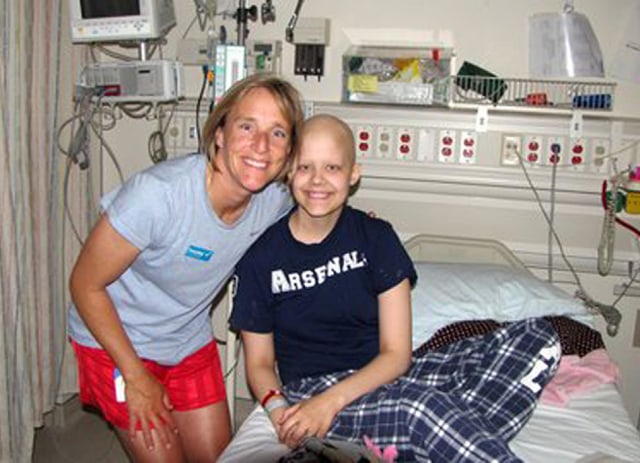Soccer coach Amy Griffin was in a
Seattle hospital visiting a young goalie who was receiving chemotherapy
when a nurse said something that made the hair on Griffin’s neck stand
up.
It was 2009. Two young
female goalies Griffin knew had been diagnosed with non-Hodgkin
lymphoma. Griffin, associate head coach for the University of
Washington’s women’s soccer team, had started to visit the women and
other athletes in local hospitals, helping them pass the time during
chemo with war stories from her three decades of coaching.
That day, the nurse
looked down at the woman Griffin was sitting with and said, "Don't tell
me you guys are goalkeepers. You're the fourth goalkeeper I've hooked up
this week."

Courtesy Amy Griffin
Later, the young woman with
the chemo needle in her arm would say, “I just have a feeling it has
something to do with those black dots.”
Artificial turf fields
are now everywhere in the United States, from high schools to
multi-million-dollar athletic complexes. As any parent or player who has
been on them can testify, the tiny black rubber crumbs of which the
fields are made -- chunks of old tires -- get everywhere. In players’
uniforms, in their hair, in their cleats.
Keep reading on nbcnews >>
No hay comentarios:
Publicar un comentario